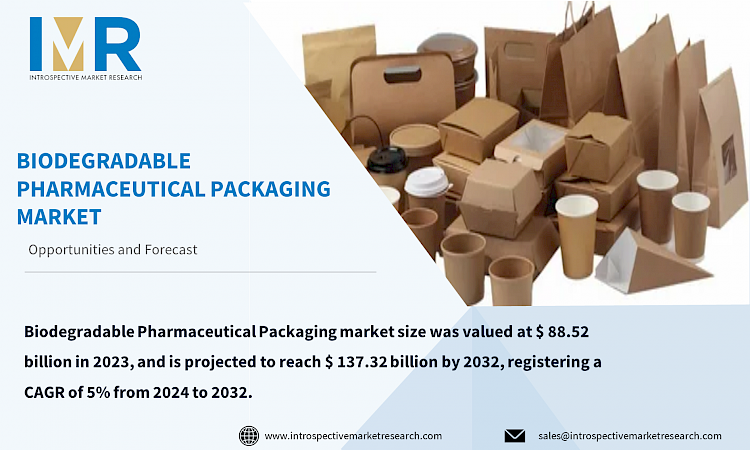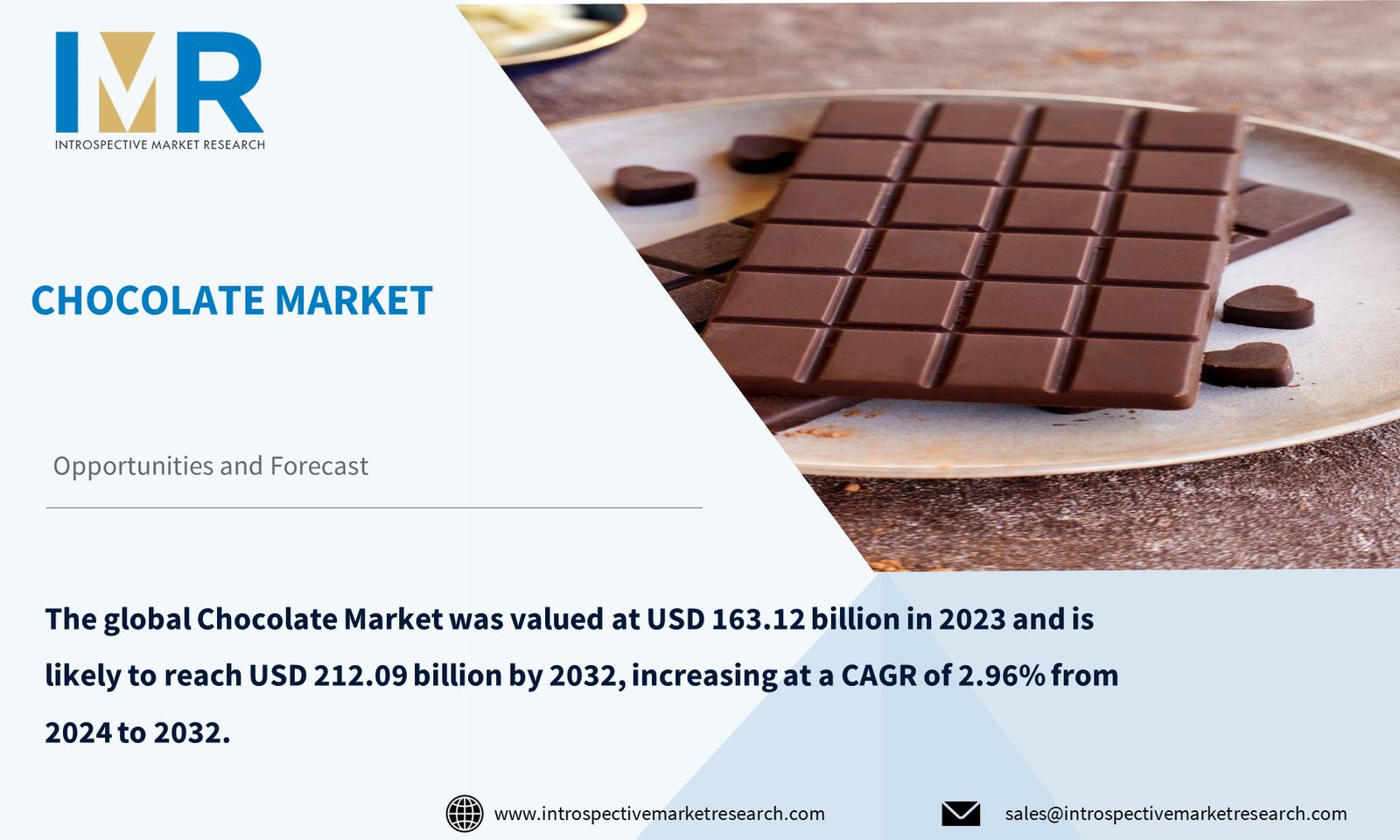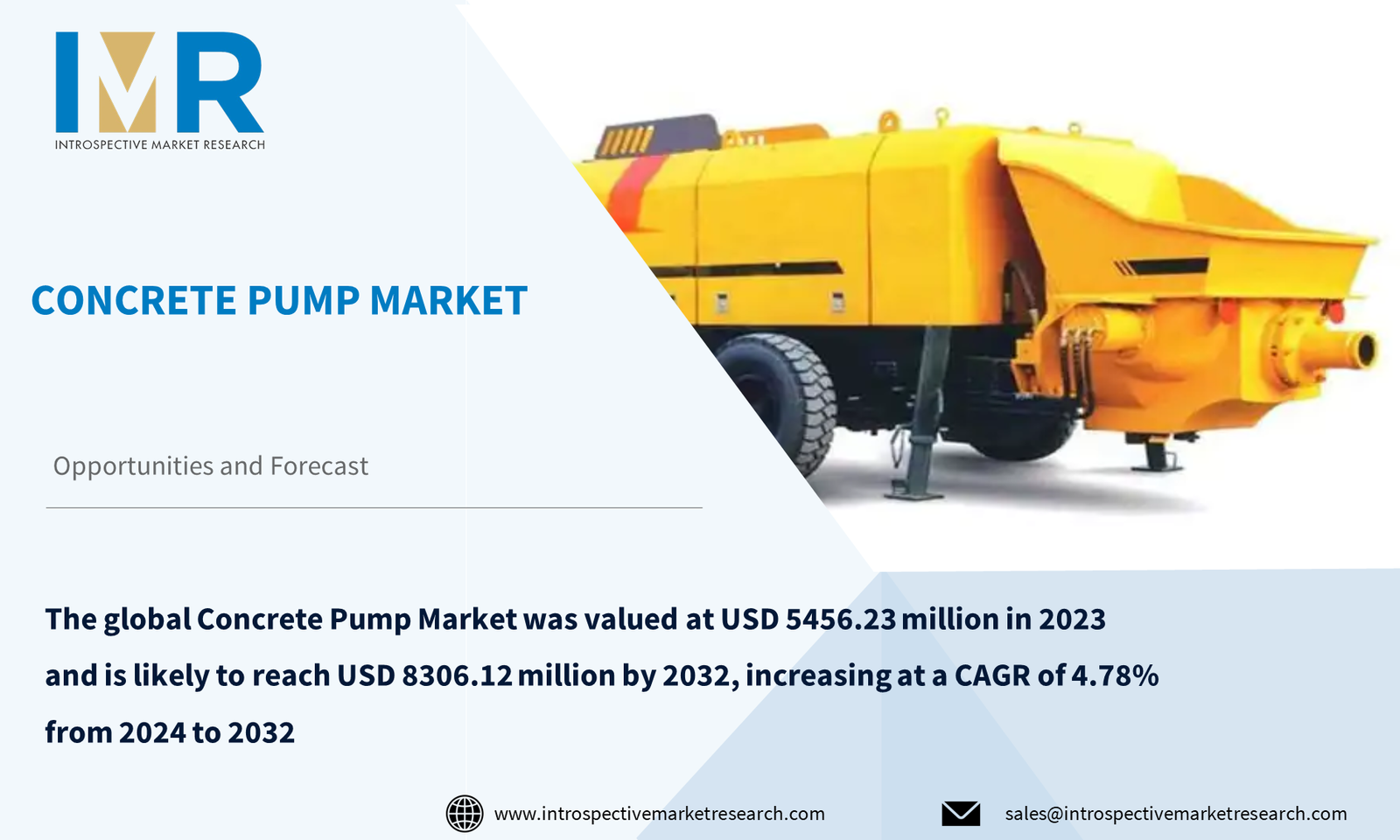Biodegradable Pharmaceutical Packaging Market
According to a new report published by Introspective Market Research, titled, “Biodegradable Pharmaceutical Packaging Market by Product Type, Material, End User and Distribution Channel: Global Opportunity Analysis and Industry Forecast, 2024–2032,”
the global Biodegradable Pharmaceutical Packaging market size was valued at $ 88.52 billion in 2023, and is projected to reach $ 137.32 billion by 2032, registering a CAGR of 5% from 2024 to 2032.
Biodegradable pharmaceutical packagingis a sustainable approach to healthcare, utilizing biodegradable polymers derived from renewable resources. These materials decompose over time, reducing environmental impact and supporting eco-friendly activities. The market focuses on using biodegradable materials for drug packaging, reducing the ecological impact of traditional packaging. Advantages of biodegradable packaging include its ability to break down naturally, mitigating pollution, and minimizing landfill waste. As the industry grows, packaging materials contribute to the economy, supporting principles of reducing, reusing, and recycling.
The demand for biodegradable pharmaceutical packaging is growing due to consumer preferences for sustainable products and regulatory initiatives promoting environmentally friendly practices in healthcare. The healthcare sector is growing greener, with collaboration between pharmaceutical companies and packaging manufacturers driving advancements in biodegradable packaging technologies. The biodegradable pharmaceutical packaging market is expected to experience significant growth due to global awareness of plastic pollution.
The growing demand for sustainability in the global environmental consciousness is prompting pharmaceutical companies to explore biodegradable alternatives. The trend creates a strategic opportunity for companies operating in the Biodegradable Pharmaceutical Packaging Market to capitalize on the intersection of consumer values and industry practices. Pharmaceutical companies are increasingly integrating sustainability into their core values, innovation, and the development of eco-friendly packaging materials and designs.
Global Biodegradable Pharmaceutical Packaging Market, Segmentation
The Biodegradable Pharmaceutical Packaging market is segmented based on Product Type, Material, End User and Distribution Channel, and region.
Product Type:
Bags and pouches provide a flexible and lightweight option, accommodating a variety of pharmaceutical forms, including powders, granules, and liquid medications. Their user-friendly design and ease of portability make them a preferred choice for both consumers and manufacturers. The eco-friendly nature of biodegradable materials aligns with the trend toward sustainability, enhancing the appeal of Bags and pouches in the Biodegradable Pharmaceutical Packaging market. The prominence of this segment indicates the industry's recognition of the need for eco-friendly and convenient packaging solutions in the pharmaceutical sector.
End-User:
The End-User segment is further classified into the Hospitals, Ambulatory Surgery Centres. Among these, the Hospitals sub-segment is anticipated to show the fastest growth by 2032. Hospitals and other healthcare facilities are major end users adopting biodegradable packaging for medications and medical products. These eco-friendly packaging materials, derived from renewable sources like plant-based polymers, help reduce plastic waste and carbon footprint. Key benefits for end users include compliance with environmental norms, positive brand image, and alignment with corporate social responsibility goals. Major players in this market offer biodegradable options for blister packs, bottles, pouches, and other pharmaceutical packaging formats to cater to the rising demand from hospitals and consumers.
Region:
The Asia Pacific Biodegradable Pharmaceutical Packaging market is poised to dominate due to its commitment to eco-friendly practices and the evolving global landscape of responsible and sustainable packaging solutions. The growing demand for eco-friendly packaging alternatives, particularly in countries like China and India, is driven by economic growth and industrialization. The region is also a key player in the global supply chain, with many pharmaceutical companies and manufacturers based there. Production facilities are enhancing the accessibility and availability of biodegradable packaging materials, fostering widespread adoption.
Some of The Leading/Active Market Players Are-
- West Pharmaceutical Services (United States)
- WestRock (United States)
- Aptar Group Inc (United States)
- Bemis Company (United States)
- Berry Global (United States)
- Drug Plastics Group (United States)
- DS Smith (United Kingdom)
- Mondi Group (United Kingdom)
- Gerresheimer AG (Germany), and Other Active Players
Key Industry Developments
- In January 2023, Aptar Pharma, a division of AptarGroup, Inc., introduced APF Futurity, a metal-free nasal spray crafted from polyolefin materials integrated with recycling disruptors. This innovative product is designed with recyclability in mind, offering an easily recyclable solution for environmentally conscious consumers.
Key Findings of the Study
- In the product type the bags and pouches provide a flexible and lightweight option, accommodating a variety of pharmaceutical forms, including powders, granules, and liquid medications.
- The APAC region is expected to continue to lead the market followed by North America during the forecast period.
- Hospitals and other healthcare facilities are major end users adopting biodegradable packaging for medications and medical products.s







